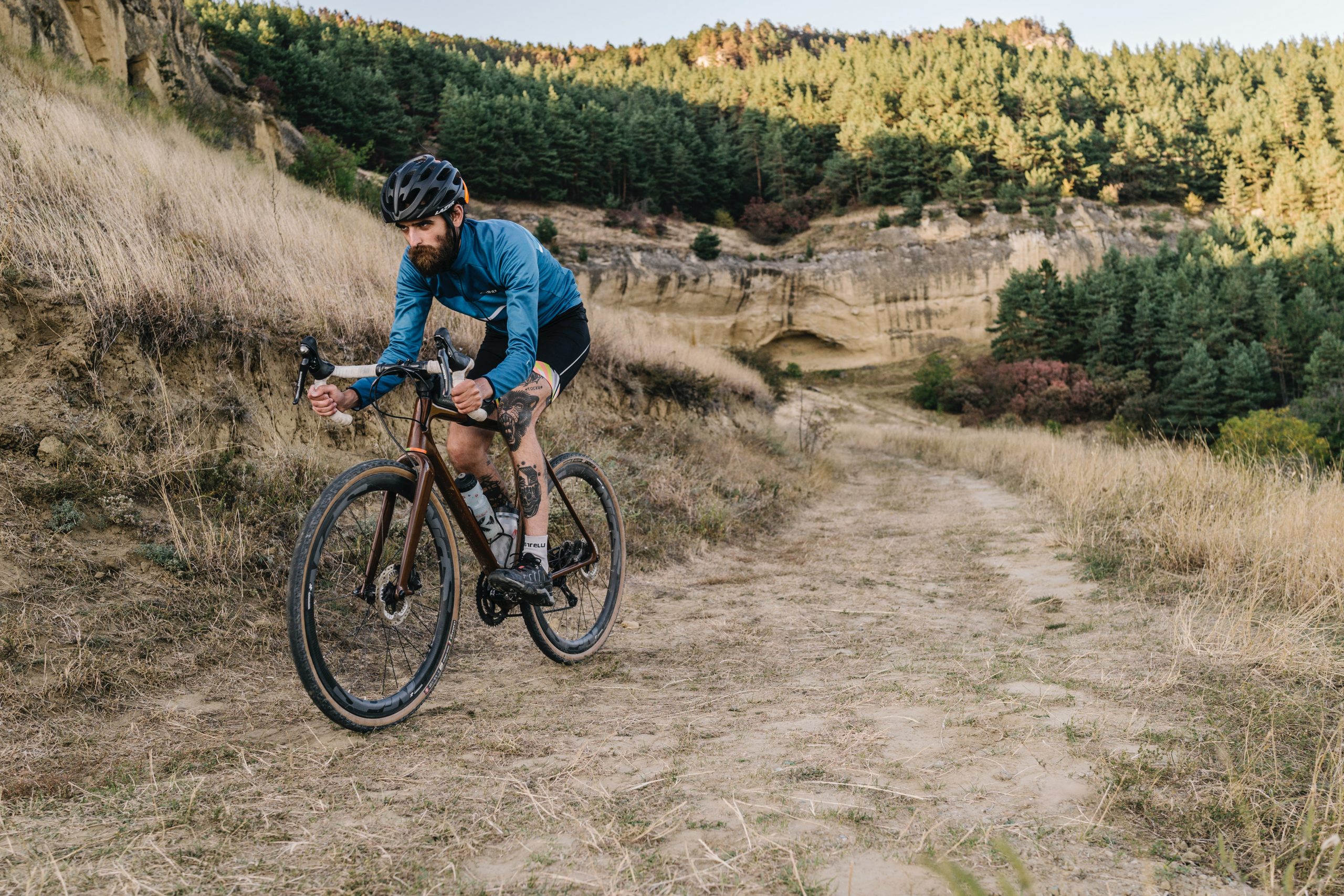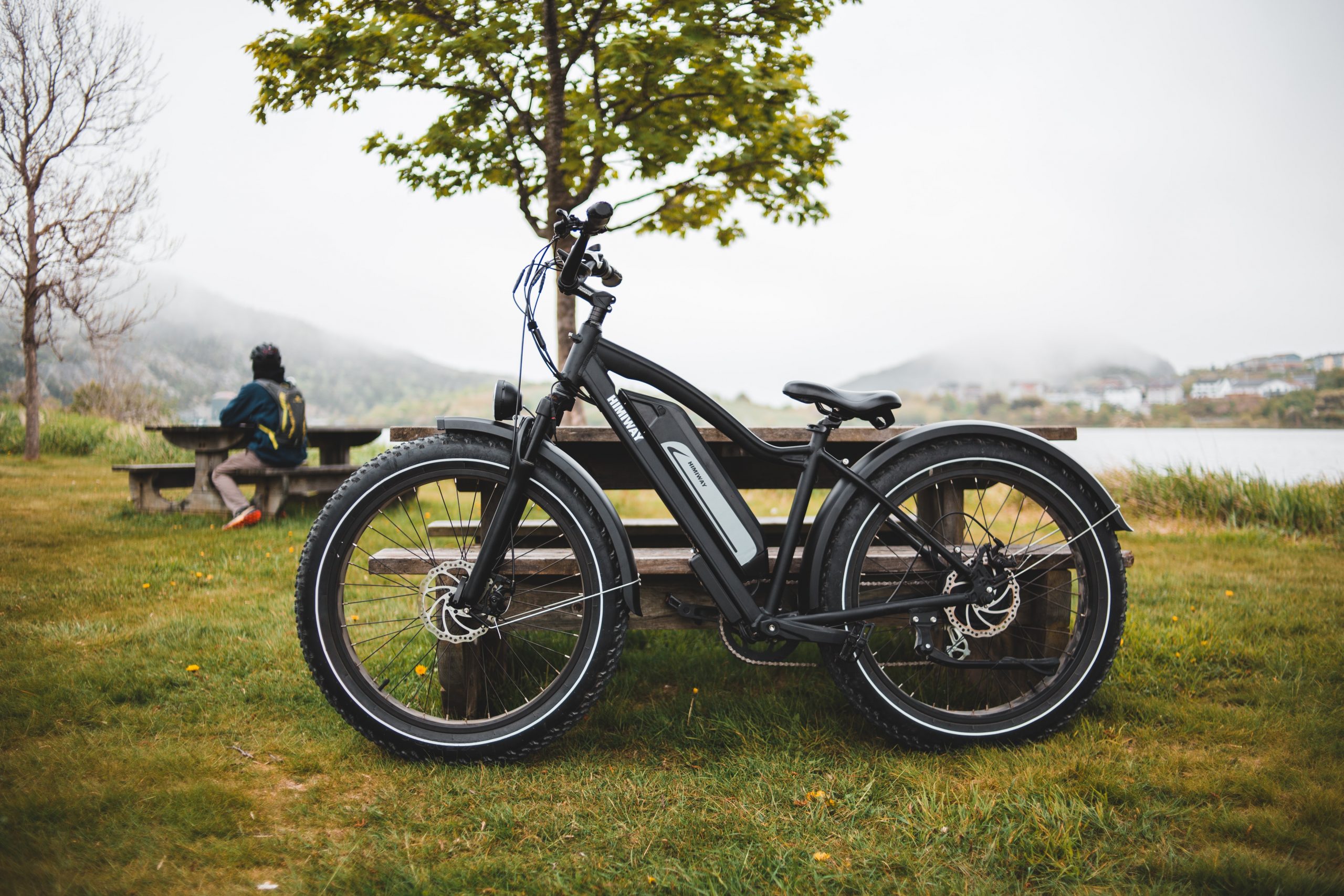Riding a bike in the rain can be challenging, be it a conventional or electric bike. But it is entirely possible. Luckily, electric bikes are not made to be ridden in good weather conditions only, so rain or harsh weather are not going to stop your bicycle or you, that is if you prepare yourself and your e-bike for the bad weather conditions. Keep reading to learn more about how to handle your electric bike in harsh and rainy conditions.
Are Electric Bikes Waterproof?
Electric bikes are typically water-resistant, to a degree. But unfortunately, they are not waterproof. That being said, always try to stay clear of muddy areas and avoid diving headlong into a pool of water. Even though your bike can withstand rain and a little water, the amount of water that electric bikes can withstand differs between models.
Can You Ride an eBike in the Rain?
The simple answer is yes; you can ride most electric bikes in the rain, and do not worry, they will not be destroyed if it gets splashed with a little bit of water or if you ride it when it’s drizzling. However, you should always check with your electric bike’ manufacturer to ensure that it is rated for riding in the rain because not all models are. Let’s talk about electric bikes and how to ride them in the rain in more detail.
Tips for Riding an Electric Bike in the Rain
As we all know, riding a bike is a fun and healthy exercise. But when it comes to riding an electric bike in the rain, there are some tips and tricks that you should know to stay dry and safe. Keep reading to learn more about how to set up your electric bike and what types of clothes you should be wearing to make your ride as safe and enjoyable as possible.
Use bike fenders
If you regularly ride in regions prone to rain, you probably need to use fenders. Bike fenders are great for keeping the rain and debris off of you and your electric bike. Applying either metal or plastic fenders will protect your e-bike from mud and water. However, many prefer using a plastic fender because metal fenders are prone to rust, especially if they are exposed to wet weather for an extended period of time.
Use headlights and tail lights
Using headlights and tail lights is essential for your safety, especially in wet, harsh weather conditions. That is because the lack of visibility makes it harder for you to see other vehicles and others to see you. Applying headlights will help you see further in front of you and notice traffic signs, people, cars, and animals on the road earlier, so you can react on time.
Taillights are also very important; they will help to warn other vehicles of your presence, thus minimizing the chances of accidents significantly.
Brake early
Obviously, wet roads are slippery, and if you brake suddenly, you may skid. In order to avoid that, start braking earlier than you usually would on dry roads. And make sure to brake slowly and progressively to slow down or stop safely. If you brake hard or suddenly, there is a risk for your brakes to block. In that case, release them immediately.
Be cautious of corners
Electric bikes are fun and fast. But just like conventional bikes, they can also be dangerous. In order to avoid accidents and embarrassing falls, pay attention to how much power you are using, especially when you are turning corners. When you approach corners while riding in the rain, slow down more than you would when riding in dry conditions, and prevent yourself from leaning around the corner too much; doing this will enhance traction, which will keep you safer.
Look for slick spots

When riding in the pouring rain, you need to pay attention to parts of the roads that are usually slippery after rain. Try to avoid road paint, road bumps, and road debris since these spots are slick as ice. Riding fast and braking suddenly on these slippery surfaces is pretty dangerous, so remember to decrease your speed and brake gradually.
Make yourself visible
Visibility on the road is vital for everyone’s safety, especially on rainy days. So, before you take your electric bike for a ride in wet weather conditions, take the proper safety precautions to ensure that you are visible. You can do that by wearing neon or luminescent clothes with reflectors. Furthermore, remember to follow the traffic laws and be as careful as possible.
Wear weatherproof clothing
It is really annoying when it’s pouring, and you’re not wearing the appropriate clothes for the weather—carefully selecting your clothing when riding does a great job in keeping you cozy, snug, and happy. Wearing the right clothes when riding in the rain is crucial for your comfort. Here are some tips on what you should wear when it’s pouring.
- Cycling rain jacket: An important item of clothing to wear when it’s raining is a cycling rain jacket. Pick one that is breathable, warm, windproof, and keeps the moisture out. It would be best if it had reflective detailing so that you are more visible in the dark.
- Cycling rain pants: Waterproof rain pants help you in commuting long distances when it’s raining, especially when you’re not using mudguards. When choosing a pair, make sure that you feel comfortable cycling in them.
- Cycling rain caps: Cycling rain caps are vital for bad weather conditions. They help to keep the rain and sweat out of your eyes and face. For cool, rainy days, choose a waterproof, breathable, and warm rain cap.
- Waterproof cycling footwear: It is impossible to feel comfortable when your feet are wet and cold. So, make sure to wear waterproof shoes or overshoes to keep your feet warm and dry on cold, rainy days. These shoes and overshoes are usually made of neoprene and waterproof material for rain protection.
- Cycling glasses: Cycling glasses are not only helpful for sunny days; they are quite necessary in the rainy days too. These glasses will protect your eyes from the rain, wind, dust, and bugs. So, find a comfortable pair of cycling glasses that fit well and provide excellent clarity even on rainy, foggy days.
Weatherproof your gear
To prevent the water from getting everything wet, make sure to weatherproof your gear. Sealed and waterproof dry bags are a great way to keep your possessions dry. You can also purchase waterproof backpacks or panniers to hold your traveling items; they are very convenient to carry.
Clean your electric bike after you ride
Just like anything else, an electric bike needs some maintenance too. So, after each ride, take the time to dry your e-bike. This will take you almost no time or effort, but it will increase your bike’s lifespan considerably.
If you cycle regularly, chances are you’re going to get caught in the pouring rain. But the rain doesn’t have to stop you from enjoying your ride with your electric bike. Simply prepare yourself, your gear, and your e-bike before the dark clouds appear.
But, keep in mind that electric bikes are not waterproof; they are water-resistant to some degree, but that does not mean that you should be too quick to get your electric bike wet or go mud riding with it. Avoid exposing your e-bike to water for an extended period of time since that can cause some serious problems. And, finally, remember to take all the safety precautions when riding in the rain.
Until next time, happy cycling!




